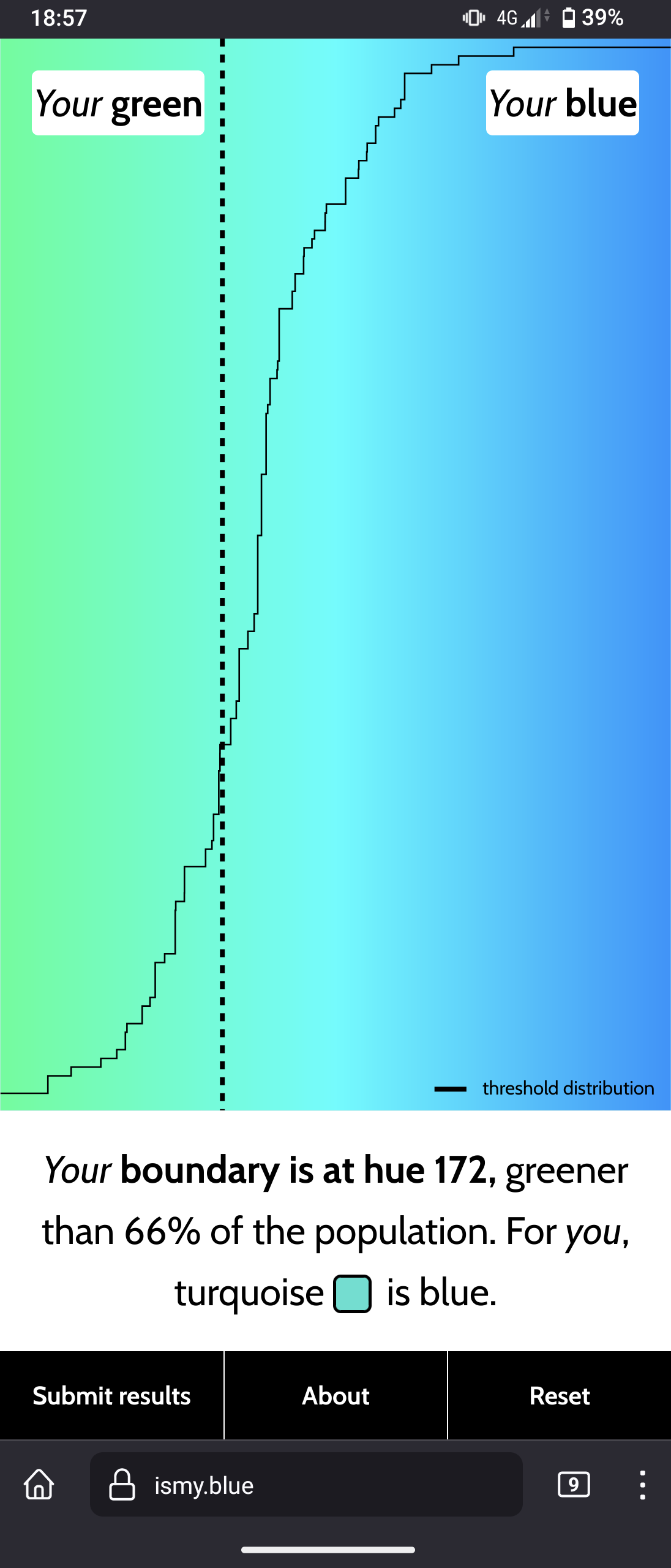Art & Design
Total subscribers:
🇬🇧 Let's discuss art and design!
Join us and
- 📰 share art news
- 💡 share art tips
- 🖼️ share your own art
- 💬 share your opinions
- 👁️ share your inspirations
This community is about art in all its form, as well as its influence on culture and its application at the service of society: architecture, music, literature, performances, video games, graphic design...
You're on a francophone instance, don't be scared if you see some posts in french!
🇫🇷 Discutons d'art et de design !
Vous pouvez ici :
- 📰 Partager l'actualité
- 💡 Partager des astuces
- 🖼️ Partager vos créations
- 💬 Partager vos opinions
- 👁️ Partager ce qui vous inspire
Le sujet de la communauté concerne toutes les formes d'art, ainsi que leur influence sur la culture et leur application au service de la société : architecture, musique, littérature, performances, jeux vidéos, design graphique...
Communautés similaires :
- 🎮 c/jeuxvideos
- 🎬 c/cineseries
- 🎼 c/musique
- 📸 c/photos
- 📚 c/livres
- ✍️ c/microfictions
Pour toute question, suggestion, réclamation, etc. N'hésitez pas à utiliser le sujet épinglé.
✅ Les règles de l'instance s'appliquent bien évidemment.
view the rest of the comments


I've got 174. As I remember correctly categorizing colors in your mind depends on your native language (or just language used), and some may even categorize the hues on this gradient to more basic colors in their language (like in Russian: зелёный [zʲɪˈlʲɵnɨj], голубой [ɡəɫʊˈboj] and синий [ˈsʲinʲɪj]).
I think the boundary between the basic color equivalents for green, and blue (zielony /ʑɛˈlɔ.nɨ/ and niebieski /ɲɛˈbjɛs.ki/) in Polish are more moved more to the right, and that's why I got 174. But I wonder if I have repeated that test in my native Polish if the results would differ (so they are even more to the right).
Edit: I have manually changed strings on the website from English to Polish, making my mind to "think in Polish". The result is 179 so I think that theory checks out.